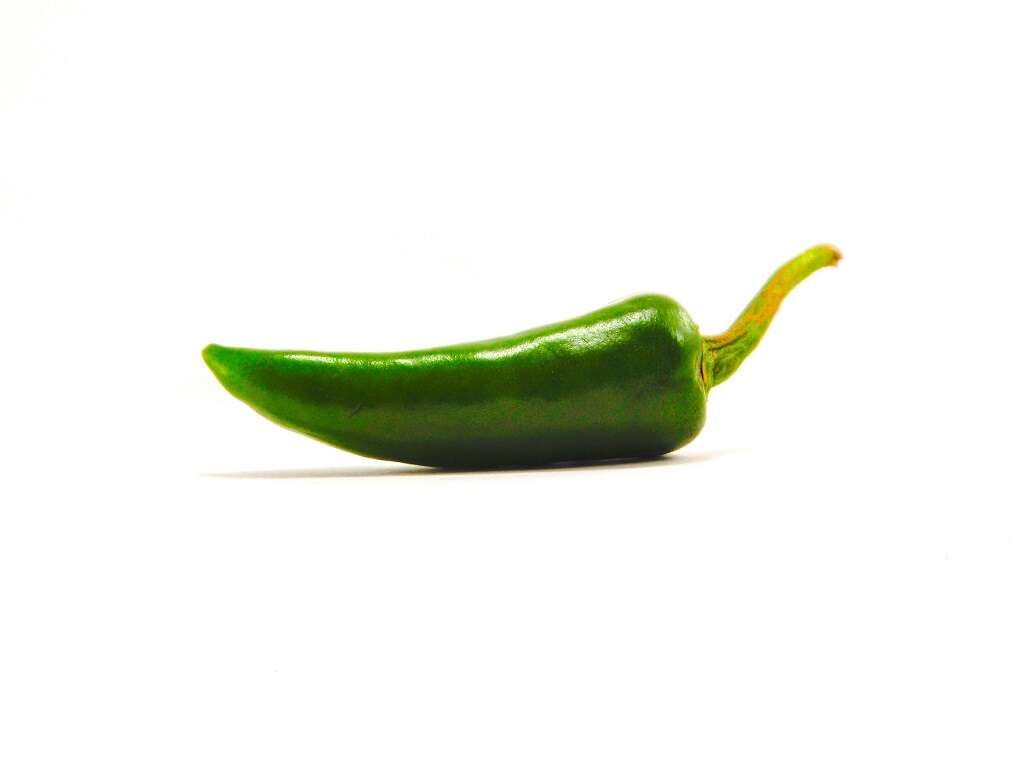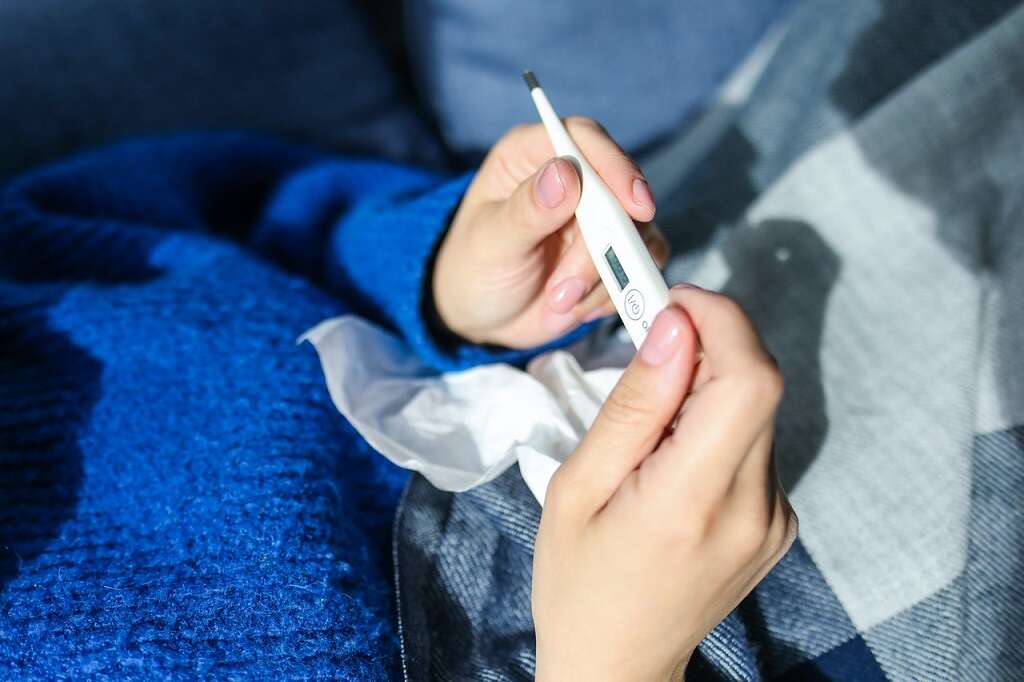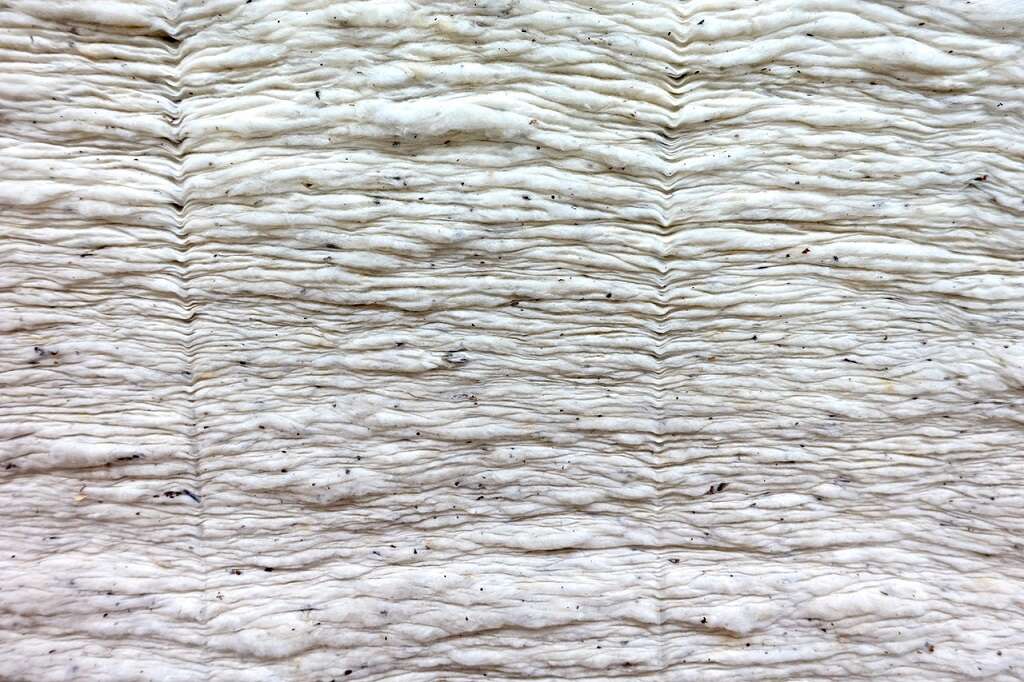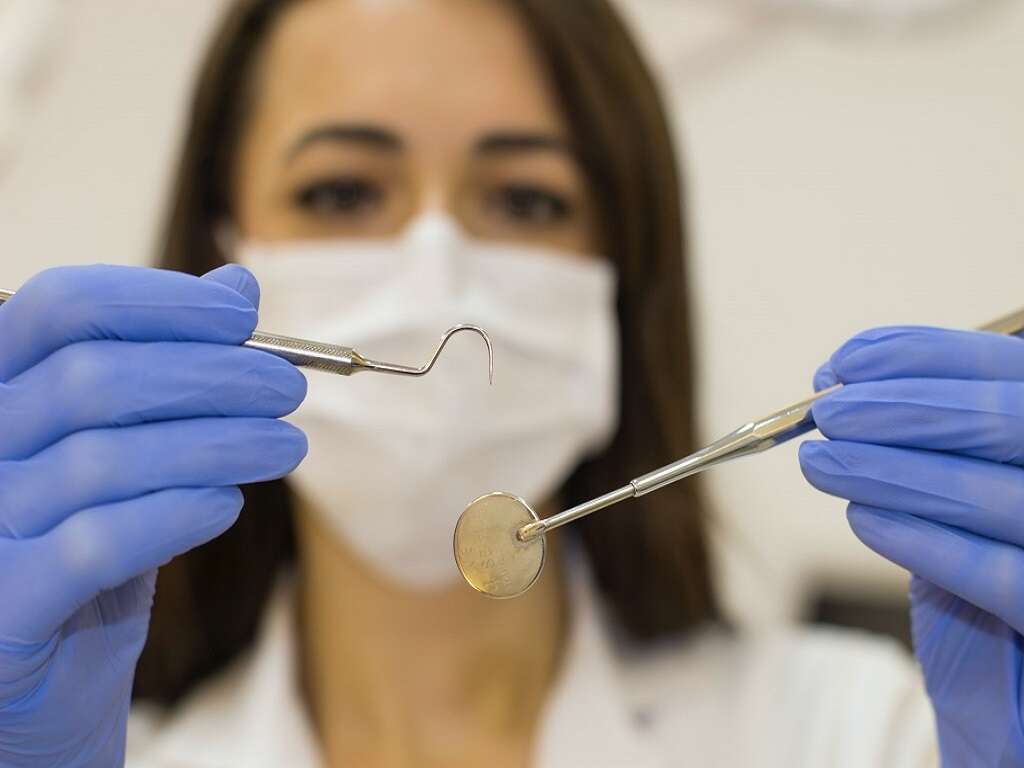10 Bumps On Back Of Tongue FAQs
 Article Sources
Article Sources
- 1. 'Mohs Surgery.' The Skin Cancer Foundation, 17 Sept. 2020, www.skincancer.org/treatment-resources/mohs-surgery
- 2. 'The Association of Tongue Scalloping With Obstructive Sleep Apnea and Related Sleep Pathology.' SAGE Journals, 17 May 2016, journals.sagepub.com/doi/abs/10.1016/j.otohns.2005.07.018
- 3. 'Syphilis - Symptoms and Causes.' Mayo Clinic, 19 Sept. 2019, www.mayoclinic.org/diseases-conditions/syphilis/symptoms-causes/syc-20351756
- 4. 'Food Allergy.' MedlinePlus - Health Information from the National Library of Medicine, medlineplus.gov/ency/article/000817.htm
The tongue is a series of connected muscles covered by a mucous membrane. There are hundreds of small bumps, known as papillae, on the back of the tongue and the surface. These bumps are typically the same color as the tongue and hardly noticeable. Papillae create a rough texture for eating and provide a temperature gauge to prevent people from eating foods or drinking liquids that could burn their tongue.
When tongue bumps become swollen, discolored or painful, it may signal an underlying health condition. Typically, tongue bumps are harmless, but any lingering or troublesome bumps require an appointment with a physician.

What Are the Signs and Symptoms of Tongue Bumps?
Inflamed tongue bumps usually appear large and swollen. They may change color, becoming bright white, light pink or black. These changes may be benign and only last for a short time. However, tongue bumps may make it difficult to eat, talk and swallow, and some people lose their ability to taste food.
Tongue bumps can make it hard to move the tongue, and swelling might cause the top and bottom teeth to no longer fit around it. This can make it difficult for people to close their mouths completely. Tongue bumps may also cause a burning sensation, making it difficult to eat.

What Are Lie Bumps?
Lie bumps, known as transient lingual papillitis, are caused by irritated papillae and form on the tongue as white or red bumps. The name lie bumps originated from an old myth due to the condition being more common in children.
While the cause is unknown, studies suggest that lie bumps may be related to stress, hormone imbalance or certain foods. They generally don't require treatment and clear up on their own. Saltwater rinses may help relieve some of the pain.

What Are Canker Sores?
Canker sores, called aphthous ulcers, typically found under the tongue may also appear in other parts of the mouth. Although their cause is unknown, some studies suggest that stress could be responsible for canker sores. The sores are usually red and swollen, and eating acidic fruits, vegetables and spicy foods may make them worse.
They're not contagious and typically clear up on their own. If they persist, it becomes hard to eat or drink. If a fever is present, make an appointment with a physician.

Can Scarlet Fever Cause Tongue Bumps?
Scarlet fever is a bacterial infection that causes the tongue to become red and swollen with enlarged bumps, which is known as strawberry tongue. A skin rash and fever may appear along with scarlet fever. Although typically mild, scarlet fever is very contagious.
Rare side effects, such as pneumonia, kidney disease and rheumatic fever, may result from scarlet fever. It's important to have a doctor examine these tongue bumps for a diagnosis.

Are Tongue Bumps Cancerous?
Bumps on the tongue are not typically problematic, but in some cases, they may be a sign of cancer. Cancerous bumps usually appear on the sides of the tongue, rather than the top. A physician may take a biopsy to determine if they are cancerous.
A common type of tongue cancer is squamous cell carcinoma, a skin cancer. Management may include MOHS surgery, which is the top choice for skin cancer and usually removes all the cancerous cells.1‘Mohs Surgery.’ The Skin Cancer Foundation, 17 Sept. 2020, www.skincancer.org/treatment-resources/mohs-surgery

What Is Oral Thrush?
Oral thrush may look like cottage cheese or white and red spots on the tongue. It can also appear on the tonsils and inside the cheeks. This infection is caused by an excess of candida fungus in the body. It can also cause a burning sensation or a bad taste in the mouth.
Thrush can affect anyone, but it is more common in babies, the elderly and people with weakened immune systems. See a physician for an examination and management of oral thrush.

Can Obstructive Sleep Apnea Cause Tongue Bumps?
People who sleep with their mouths open may develop a dry mouth, which could cause tongue bumps. When these bumps appear on the sides of the tongue, known as scalloped tongue, it may be related to a sleep disorder, such as sleep apnea. Studies suggest that there may be a correlation between sleep apnea and scalloped tongue.2‘The Association of Tongue Scalloping With Obstructive Sleep Apnea and Related Sleep Pathology.’ SAGE Journals, 17 May 2016, journals.sagepub.com/doi/abs/10.1016/j.otohns.2005.07.018
Staying hydrated may improve dry mouth, but if suspicious bumps appear on the sides of a person's tongue, they should book an appointment with their doctor.

Can Syphilis and HPV Cause Tongue Bumps?
Syphilis is a contagious bacterial infection that typically causes white bumps on the back of the tongue. It's spread through contact with the mucous membrane of the sore and needs to be managed by a physician.3‘Syphilis - Symptoms and Causes.’ Mayo Clinic, 19 Sept. 2019, www.mayoclinic.org/diseases-conditions/syphilis/symptoms-causes/syc-20351756
Human papillomavirus, or HPV, is a viral infection that typically causes warts. These warts, which have a rough surface and uneven edges, may appear on the tongue. HPV bumps commonly appear as a single wart. HPV warts on the tongue warrant a consultation with a physician.

Can Allergies Cause Tongue Bumps?
An allergic reaction may cause unusual bumps to appear on the tongue. Food intolerance or allergies to pollen are common causes. These allergic reactions may cause tongue bumps and swelling when the immune system releases histamines.
Some people may have oral allergies, a health condition triggered by certain fresh fruits or vegetables. When eaten, allergens affect the mouth and tongue. Any food can cause an allergy, but fresh foods with certain pollens, such as apples, melons and pineapples, are common culprits.4‘Food Allergy.’ MedlinePlus - Health Information from the National Library of Medicine, medlineplus.gov/ency/article/000817.htm

When Do Tongue Bumps Warrant Seeing a Doctor?
It's normal for bumps to cover the tongue, but when they feel more prominent or cause discomfort, it's time to see a doctor. Tongue bumps that change color or interfere with eating or drinking also need to be examined by a physician.
If tongue bumps appear suddenly and are accompanied by pain and fever, it may be a sign of an underlying health condition. When a bump on the tongue is hard and does not go away, it's a good idea to see a doctor.











